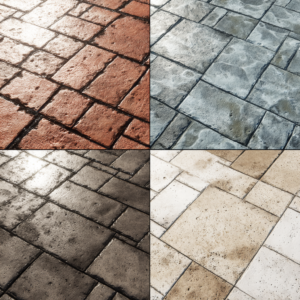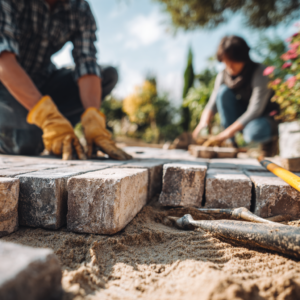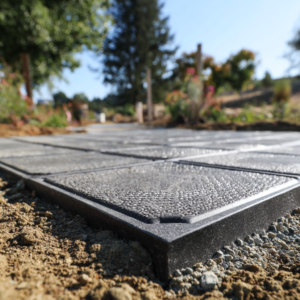If you are asking yourself “How many pavers do I need for my project”, this is the article you’ve been looking for. Whether it’s a driveway, a patio, a pool, or anything really, we’ve got you covered.
Today, we will teach you a super easy method of estimating the right number of pavers to purchase – plus, you can do the math quickly with an online calculator at the end. So let’s get right to it!
Read as well: How much does a pallet of pavers weigh?
Jump to:
How Many Pavers Do I Need?
In order to find out the number of pavers a project will require, we will be using a simple area calculation. We will teach you how to estimate the total area your project will cover – and then divide it by the area of a single paver or pattern formed by many pavers.
Once that’s done, you just need to add a safety factor and there you have it: the number of pavers you will need. Let’s go through it step by step.
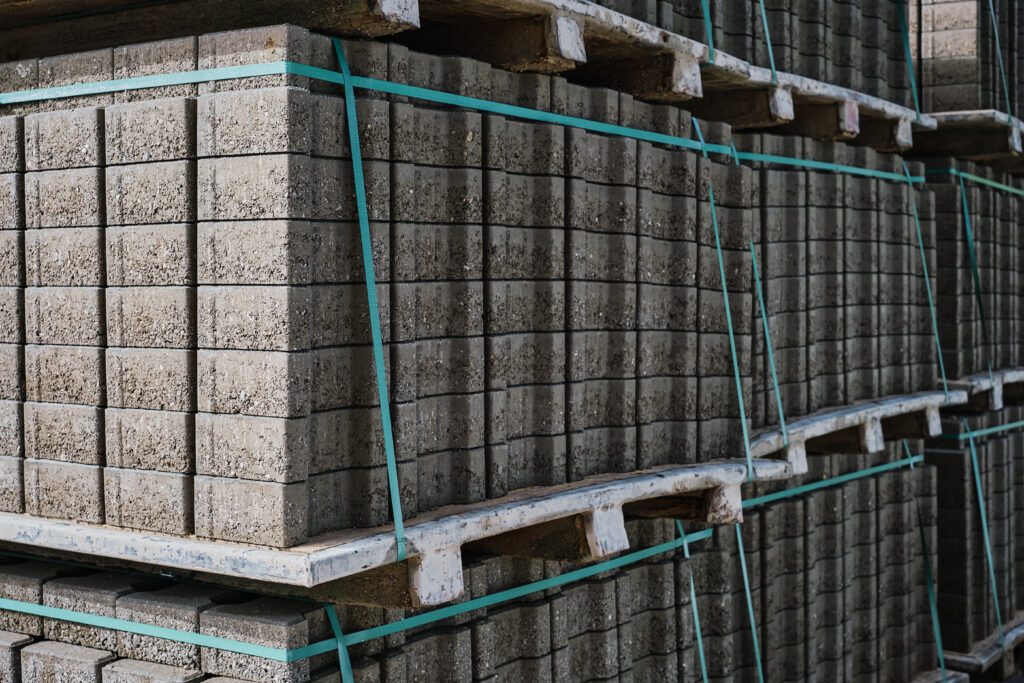
Find Out The Total Project Area
What shape is your project area like? Rectangular? Square? Irregular? We’re only asking because the easiest way to find the total area of your project is to estimate it by picturing it in a simple geometric form.
If you have a rectangular project area, you just need to measure the width and length, and then multiply the numbers. For a circular shape, you will need to find the radius, raise it to the power of 2, and multiply it by Pi (about 3,14).
If your project is irregular, the best thing you can do is to divide it into rectangles or circular shapes of different sizes and sum up their areas.
Don’t be a perfectionist, that’s why we will be adding a safety factor at the end. Remember you just need to estimate the area.
Find Out The Area Of A Single Paver Or Paver Pattern
Well, this step couldn’t be easier. Pavers come in many formats and can be installed in multiple patterns. To continue, you need to know what you want.
If your pattern is created by using multiple pavers of the same size, such as the ones just below, you only need to decide on the size and calculate the area of a single paver.
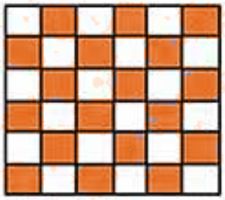

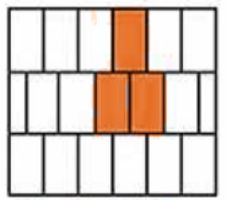
If your pattern is created using 2 or more pavers, such as the ones below, then you need to identify the repeating pattern and sum up its total area.

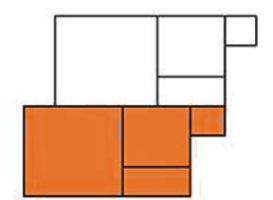
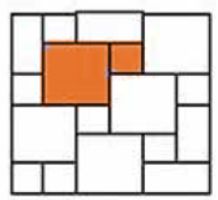
For a complete resource on paver patterns, check out this page
Most pavers are rectangular so calculating their area is an easy job, however, to make it even easier here is a table with common paver sizes and areas.
| Size (in) | Size (cm) | Area (ft²) | Area (cm²) |
| 4 x 8 | 10 x 20 | 0.22 | 200 |
| 6 x 6 | 15 x 15 | 0.25 | 225 |
| 6 x 9 | 15 x 23 | 0.38 | 245 |
| 8 x 8 | 20 x 20 | 0.44 | 400 |
| 12 x 12 | 30 x 30 | 1.00 | 900 |
| 14 x 14 | 36 x 36 | 1.36 | 1296 |
| 12 x 18 | 30 x 46 | 1.50 | 1380 |
Calculating How Many Pavers You Need
Finally, it is time to get your answer. To find it, you just need to divide the total area of your project by the total area of your single paver, or single repeating paver pattern.
As a safety factor, it is recommended to buy 10% more pavers to account for cuts and broken pieces. If you’re using a complex paver pattern, one that won’t really be able to follow a straight edge line, that means a lot of cutting, so you might as well buy 20% extra.
Paver Calculator
If you have all the measurements with you, you might as well try this awesome paver calculator provided by our friends at OMNI Calculators.
General Tips for Calculating the Number of Pavers
For projects involving elements like fire pits, factor in the number of layers required for construction. For instance, if each ring of the fire pit necessitates 12 pavers, and you’re planning for four layers, you’ll need a total of 48 pavers.
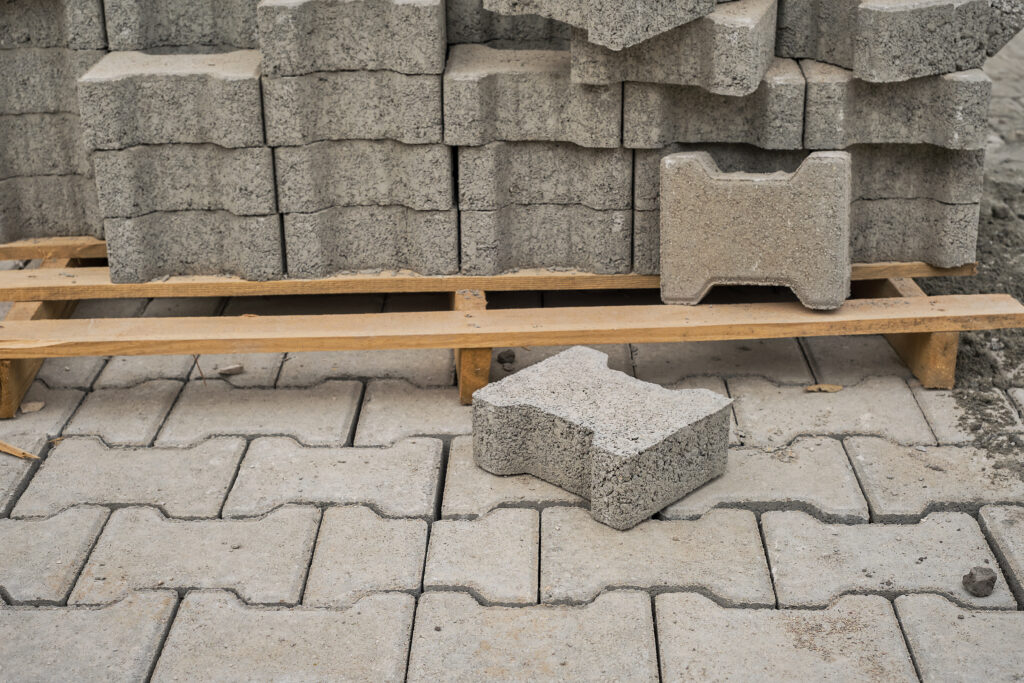
When working with intricate patterns, it’s beneficial to calculate the pattern’s square footage and ascertain the number of repetitions needed. Alternatively, assemble a segment of the pattern, calculate its area, and then multiply it by the frequency of its occurrence within the design.
If the paver material incorporates patterns laid out at an angle, ensure you include a 10% overage to accommodate potential adjustments during cutting.
And, of course, remember that there are 144 square inches in one square foot, providing a basis for accurate measurement.
There’s Way More To Paver Installation Than Buying Pavers!
Paver installation is not exactly an easy task, since it involves digging, leveling, preparing a sand and gravel base, laying pavers, adding joint sand, and sealing. While it might seem simple, it is time-consuming and requires precision and skill.
Doing it the right way is the difference between having a patio paver that won’t give you headaches for decades, and having to repair broken pavers in 2 years. If you want to know more about it be certain to check out our complete paver installation guide.
For quick and flawless paver installations at an unbeatable price in Florida, get in touch with us right now for a free estimate. You won’t regret it!


